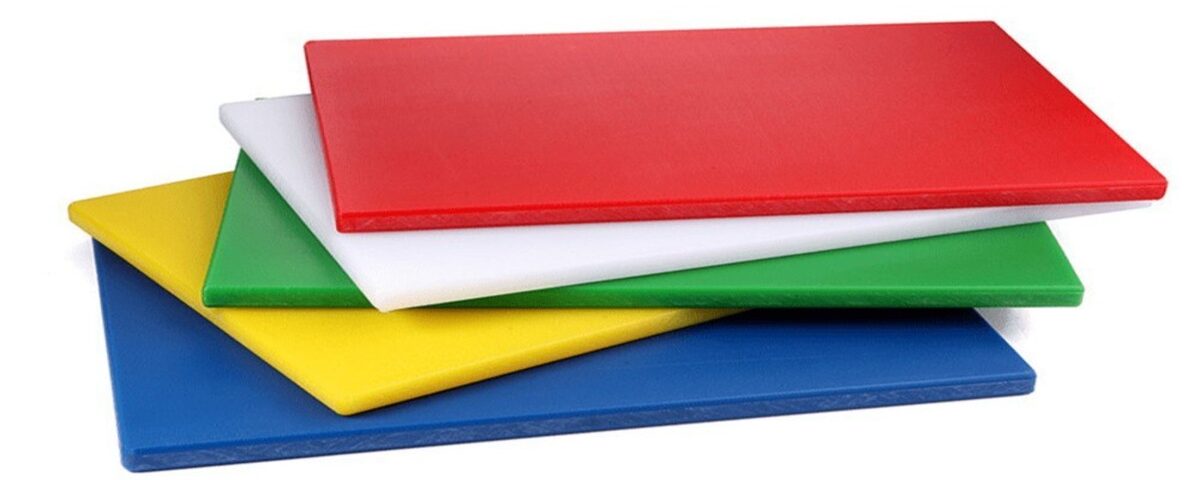
Is UHMWPE wear resistant?
December 26, 2024
What plastic is used in extrusion?
December 26, 2024High-Density Polyethylene (HDPE) is generally classified as a hard plastic. It is known for its excellent strength-to-density ratio, making it a versatile and durable material used in various applications. While it is not as rigid as some engineering plastics, HDPE offers a balance of toughness and flexibility that suits a wide range of uses.
HDPE’s hardness is evident in its resistance to impact and its ability to maintain structural integrity under stress. It has a high degree of crystallinity, contributing to its rigidity compared to Low-Density Polyethylene (LDPE), which is much softer and more flexible. This makes HDPE suitable for products like rigid containers, piping, and structural components.

Despite being classified as a hard plastic, HDPE is not brittle. It exhibits a level of flexibility that allows it to absorb impacts without cracking or breaking. This toughness makes it ideal for outdoor and industrial applications where durability is essential. Additionally, HDPE maintains its mechanical properties over a wide temperature range, further showcasing its hardness and versatility.
However, compared to other “hard” plastics like Polycarbonate or Acrylic, HDPE may feel less rigid. This relative softness does not compromise its functional strength but adds to its ability to handle stress without fracturing.
In conclusion, HDPE is best described as a hard plastic with excellent impact resistance, moderate flexibility, and a high level of durability, making it a staple material in industries like construction, packaging, and agriculture.






